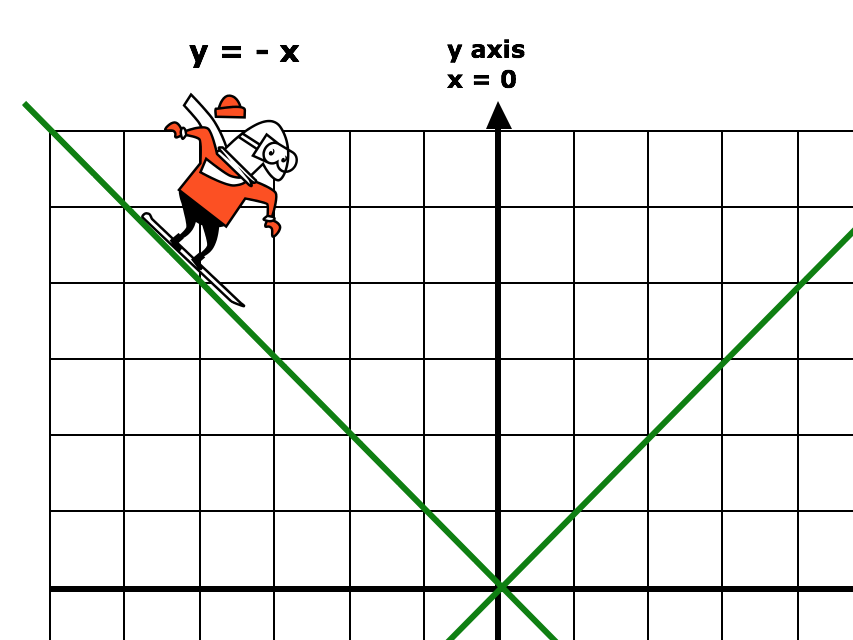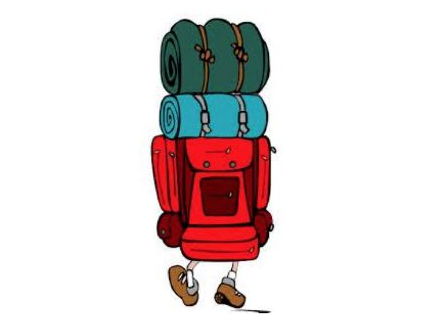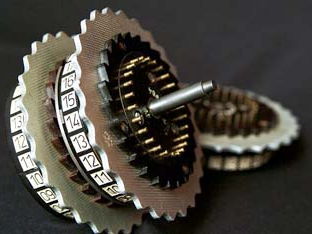Bluemary20's Shop
I teach Maths to 10 - 13 year old children and these resources are aimed at them! I have also written a book called, "The Aliens have landed and 174 other problems" which is available from either Amazon or The Mathematical Association. It is full of mathematical puzzles for 11 year olds upwards.

















